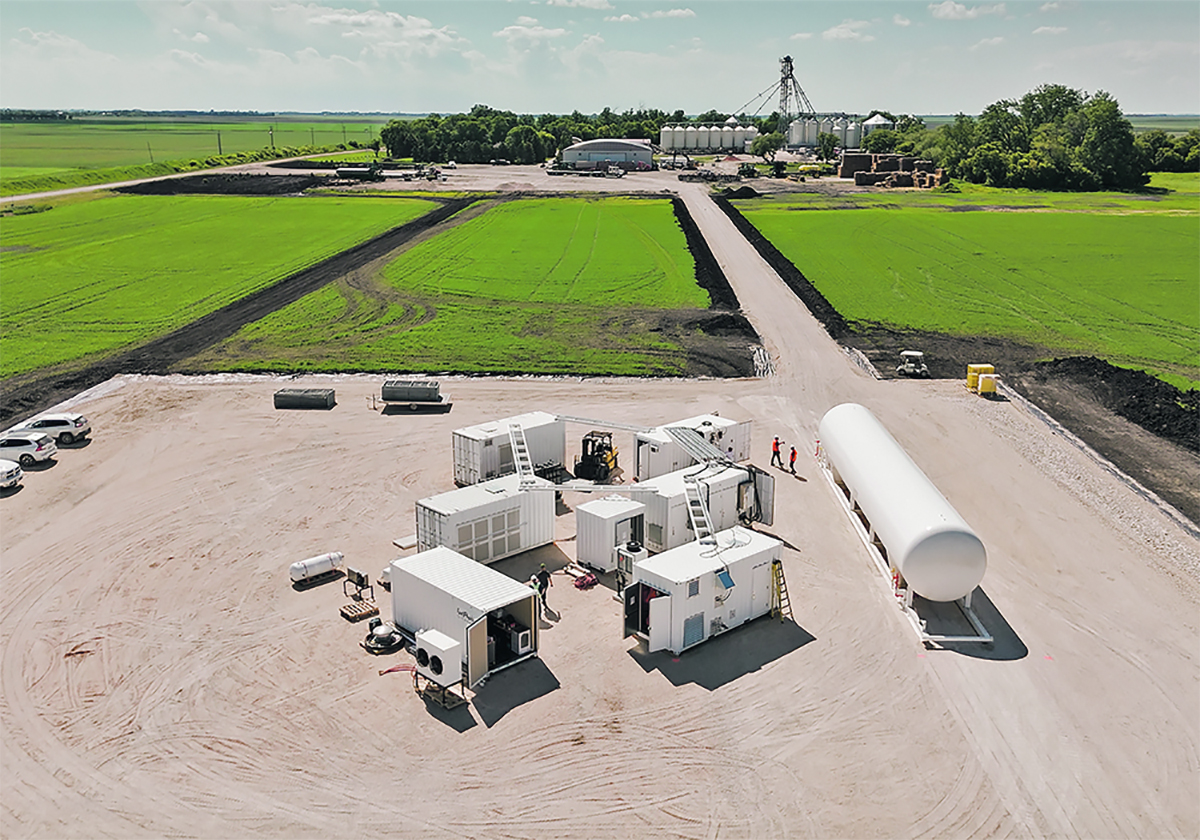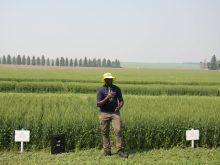SPERLING, Man. — The retail price of anhydrous ammonia fertilizer was about $1,100 per ton this summer in Western Canada.
That number comes from Curtis Hiebert, who farms near Sperling, Man.
Hiebert now has a green ammonia production system on his farm, which has a capacity of 100 tons of ammonia per year.
Related stories:
The pilot system was manufactured by FuelPositive, a Canadian company that developed the technology.
Read Also

StatCan stands by its model-based crop forecast
Statistics Canada’s model-based production estimates are under scrutiny, but agency says it is confident in the results.
Ian Clifford, FuelPostive’s chief executive officer, went through the costs of on-farm fertilizer production at a Nov. 26 workshop in Sperling.
These are the estimated costs for a FuelPositive system with a capacity of 500 tons of ammonia per year:
Operating costs
- Assuming a price of electricity of 5.5 cents per kw/h
- 14 hours to produce a ton of ammonia
- $699 — cost to produce a ton
- Annual maintenance cost — $25,000
- Cost of maintenance — $43 per ton
- Total operating cost — $742 per ton
Capital costs
- Up-front cost for a farmer: $4.5 million (estimated)
- Amortized over 25 years — $350 per ton of ammonia
Carbon credits
- Potential credits for cutting greenhouse gas emissions — $144 per ton
Green ammonia cost per ton:
- Operating — $742
- Capital — $350
- Carbon credits — $144
- Final cost — $948 per ton
Assuming a price of $1,100 per ton for retail anhydrous ammonia, the savings would have been $152 per ton in 2024.

“These numbers change all the time. What we’re emphasizing is the (price) certainty,” Clifford said.
“Some years you’re going to be paying more, some years you’ll be paying less.”
Producers may want to install their own source of renewable electricity because solar and wind power could provide the necessary electricity for on-farm ammonia generation.
“(Many) farmers are interested in running a system like this, behind the meter,” Clifford said.
“Off the grid, with their own independent generation.”


















